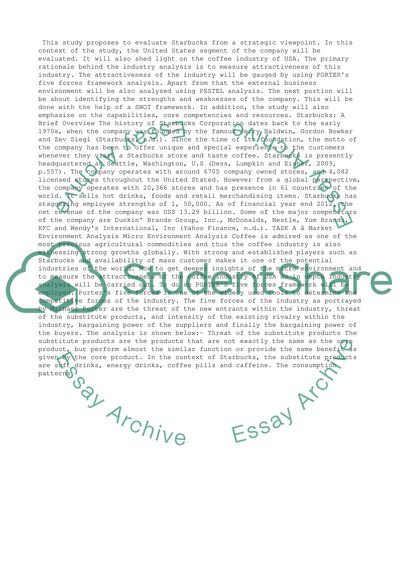Cite this document
(“Strategic management analysis of Starbucks Assignment”, n.d.)
Retrieved from https://studentshare.org/business/1402560-strategic-management-analysis
Retrieved from https://studentshare.org/business/1402560-strategic-management-analysis
(Strategic Management Analysis of Starbucks Assignment)
https://studentshare.org/business/1402560-strategic-management-analysis.
https://studentshare.org/business/1402560-strategic-management-analysis.
“Strategic Management Analysis of Starbucks Assignment”, n.d. https://studentshare.org/business/1402560-strategic-management-analysis.


